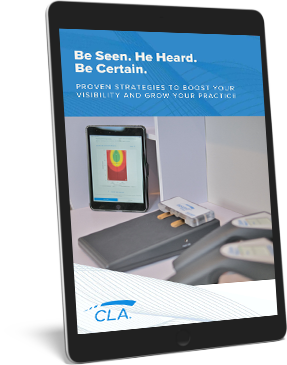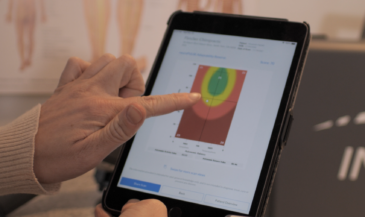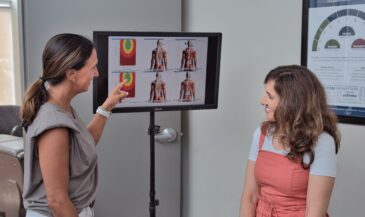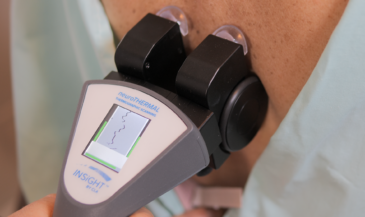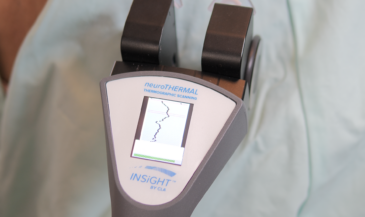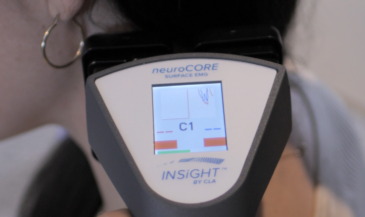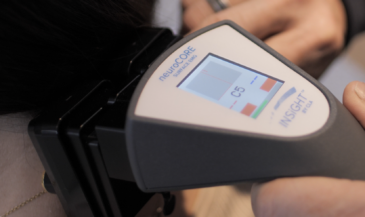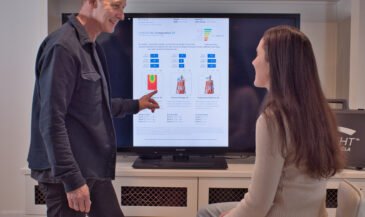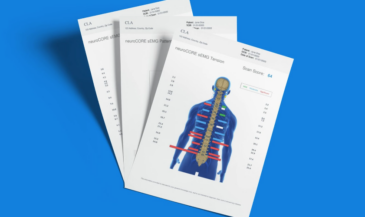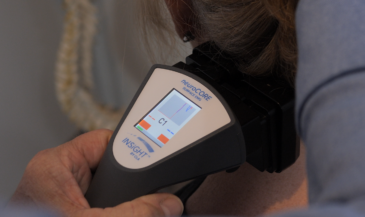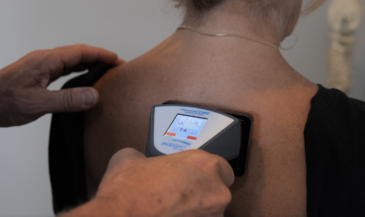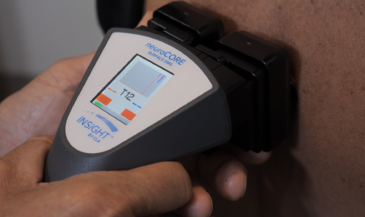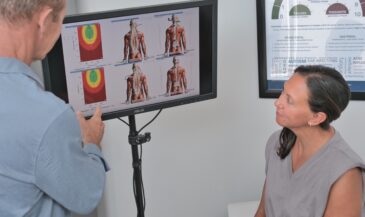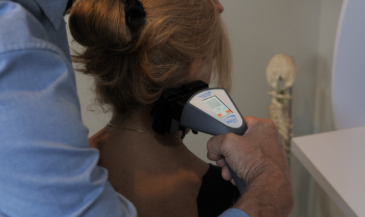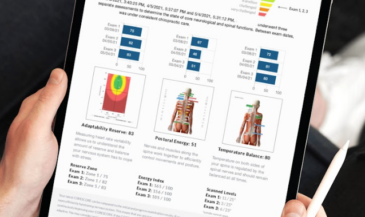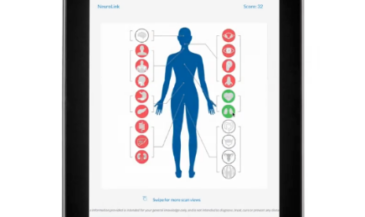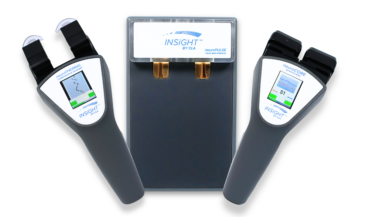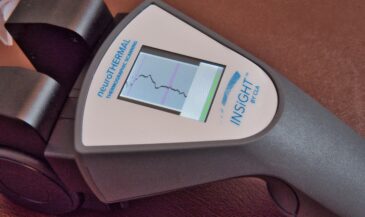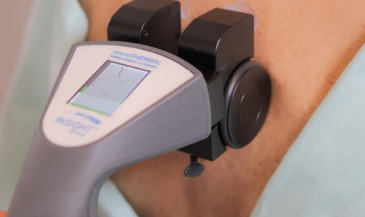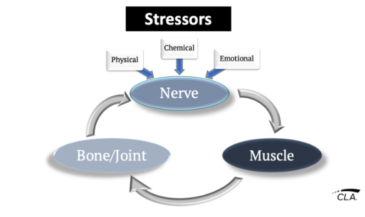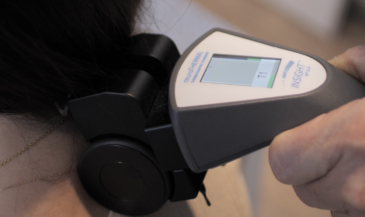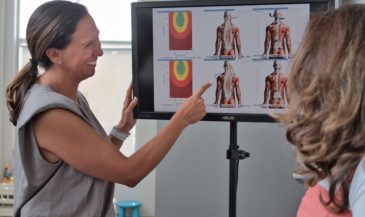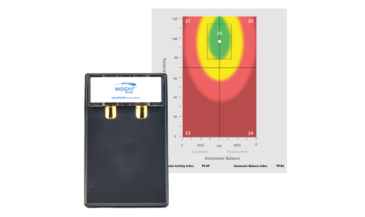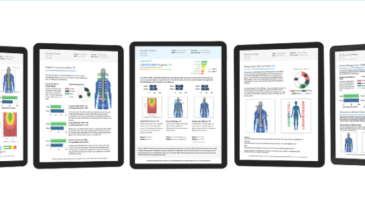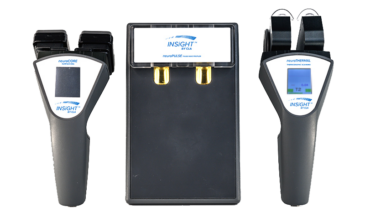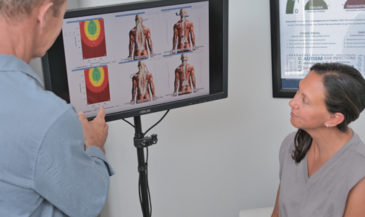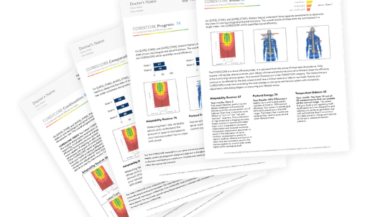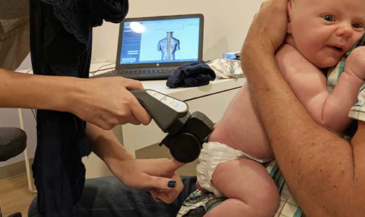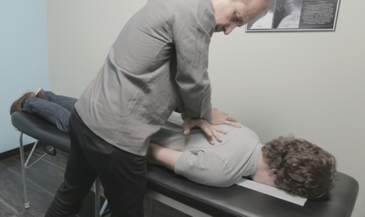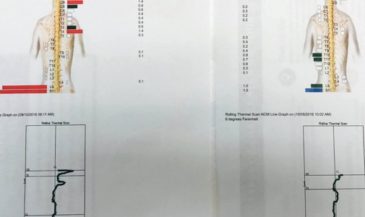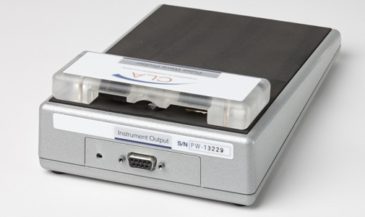As chiropractors, we’ve long focused on vertebral subluxations—those misalignments in the spine that cause dysfunction. For many of us, this focus on structure dictating function has shaped our practices.
But what if we’ve been looking at it too narrowly? What if the spine’s misalignments aren’t the problem but the body’s attempt to adapt to stress and maintain function?
By embracing a function-over-structure paradigm, we can elevate our understanding of chiropractic care. This approach acknowledges that the body’s structure serves its function, and when structure adapts, it’s often a sign of the body preserving balance under pressure.
What Is the Function-First Paradigm in Chiropractic?
The public perception of chiropractic has centered around the idea that structure dictating function. Misaligned vertebrae are seen as obstacles to a healthy, well-functioning body. This thinking has led us to focus on restoring an “ideal” spinal structure.
The function-first paradigm flips this idea. It recognizes that the body doesn’t misalign without reason. Instead, it adapts its structure—through vertebral subluxations and other changes—to maintain nervous system function and overall balance.
This isn’t about abandoning structure. It’s about understanding that structure serves function and that optimizing how the body works is more valuable than chasing perfect alignment.
Why Vertebral Subluxations Are Functional Adaptations
Vertebral subluxations aren’t random. They’re the body’s response to forces like gravity, electromagnetic exposure, and daily stressors.
When the body experiences these stresses, it alters its structure—like misaligning the spine—to protect vital functions. Subluxations are a sign that the body is preserving nervous system function even when it sacrifices structural integrity.
By shifting our focus, we stop seeing subluxations as the enemy. Instead, they become clues. They show us where the body is adapting to challenges, giving us the opportunity to support those adaptations while reducing stress on the nervous system.
By focusing on the function of the nervous system, we can see how these adaptations impact overall health. Chiropractic care becomes less about “fixing” the spine and more about supporting the body’s ability to manage stress and maintain balance.
The Role of Scanning Technology in Assessing Function Over Structure
This is where scanning technology like INSiGHT scans plays a pivotal role. Instead of relying solely on X-rays to show structural changes, scans measure the nervous system’s functional performance.
Tools like EMG scans, thermal imaging, and HRV assessments allow chiropractors to:
- Identify areas of stress or interference in the nervous system.
- See how the body is adapting to structural or environmental challenges.
- Track progress over time, showing patients how their nervous system function improves with care.
These scans take the guesswork out of assessing nervous system health. They give you hard data to guide adjustments and prove that your care is making a difference.
Why Function Matters More Than Structural Perfection
Chasing an “ideal” spinal alignment can lead to frustration—for both chiropractors and patients. The body isn’t static. It’s constantly adapting to new challenges, which means perfect alignment isn’t always realistic.
What matters more is how the body works. Can the patient move freely? Are their nerves communicating effectively? Is their autonomic nervous system balanced?
When we focus on function over structure, we prioritize what truly improves a patient’s life. They might still have a slight misalignment on their X-ray, but if their nervous system is thriving, they’re on the right track.
How Insight Scans Uncover Functional Imbalances
INSiGHT scanning technology is a game changer for chiropractors looking to embrace the function-first paradigm. These scans reveal where the body’s nervous system is struggling, even if the patient feels fine.
For example:
- EMG scans detect patterns of tension in the muscles, showing areas where nerves aren’t communicating effectively.
- Thermal scans measure inflammation and blood flow, revealing stress on the autonomic nervous system.
- HRV scans provide a window into how the body balances stress and recovery.
These tools don’t just tell you where to adjust. They show you how those adjustments impact the nervous system and overall health.
How Chiropractors Can Rethink Their Approach to Subluxations
If subluxations are functional adaptations, what does that mean for chiropractic care?
It means adjustments aren’t just about “fixing” the spine. They’re about helping the nervous system work better so the body doesn’t need to rely on structural compensations.
This approach shifts the narrative. Subluxations aren’t the problem—they’re the body’s solution to stress. By improving nervous system function, chiropractors help patients adapt more efficiently and reduce the need for compensatory changes.
The Benefits of Prioritizing Functional Outcomes for Patients
Patients care about how they feel, move, and operate—not how their spine looks on an X-ray. When chiropractors prioritize functional outcomes, they align their care with what patients value most.
Benefits include:
- Faster symptom relief as the nervous system becomes more efficient.
- Improved overall health and resilience.
- A deeper understanding of how chiropractic care impacts the whole body.
This approach also helps chiropractors stand out. Patients want results, and focusing on function delivers those results in a way they can see and feel.
Why Nervous System Scanning Is the Key to Holistic Care
Holistic care means looking at the body as a whole—not just its parts. Nervous system scanning supports this by providing insights into how the brain and spinal cord are working together to maintain balance.
With these tools, chiropractors can:
- Address underlying issues that might not show up on X-rays.
- Offer personalized care that targets the patient’s unique challenges.
- Prove the effectiveness of their care with measurable results.
This isn’t just good for patients. It’s good for your practice, too.
How to Start Shifting Toward Function-First Chiropractic
If you’re ready to embrace the function-first paradigm, here’s how to get started:
- Incorporate nervous system scans into your practice. Tools like INSiGHT scanning technology make it easy to measure function.
- Educate your patients about why nervous system function matters. Show them how structure serves function, not the other way around.
- Track and celebrate progress. Use scan results to highlight how your care is improving their nervous system and overall health.
This isn’t about abandoning traditional chiropractic methods. It’s about expanding your approach to provide better, more comprehensive care.
Key Takeaways
- Vertebral subluxations are functional adaptations, not just structural misalignments.
- The nervous system guides the body’s response to stress, and improving its function leads to better health.
- Scanning technology, like INSiGHT scans, reveals the body’s functional challenges and tracks progress over time.
- Prioritizing function over structure aligns chiropractic care with what patients value most: how they feel, move, and operate.
- Shifting to a function-first approach doesn’t replace traditional care—it enhances it, providing a deeper understanding of the body’s needs.
By focusing on function, chiropractors can elevate their care, build stronger patient relationships, and achieve better outcomes.
Discover the Future of Chiropractic Care
Are you ready to revolutionize your practice and provide unparalleled patient care? Integrate INSiGHT scanning technology and experience the difference it makes.
Book a call with an INSiGHT Advisor today to learn how you can bring this transformative technology into your chiropractic clinic so you can lead your patients on a journey toward optimal health and wellness.




